

India is a vast country, so it is impossible to describe it with a specific climate. In Northern India, there is the hot season (between March and June) with temperatures around 25°C; the rainy season (or monsoon season, between the end of June and September); and the cold season (from October to February), when temperatures drop to as low as -5°C. The recommended time to visit Northern India is during the hot season.
North of Delhi, freezing temperatures are sometimes encountered at night in January. When the sun burns off the mist, temperatures rise again. May and June are extremely hot. India weather in the Himalayan Foothills and beyond is at its best from March to October. During Monsoon there is some relief from the heat of the plains. There can be snowfalls in some of the hill stations late December to February. Further north, Kashmir and Ladakh have their best season in July and August, since the region is in the rain-shadow of the first row of Himalayan Mountains.
North India is one part which always has a lot of visitors all round the globe. You can always find that rush in the major cities Delhi, Jaipur, Lucknow etc. Who would not love to explore theses enchanting cities. These are some of the major tourist places to visit in India. With its magnificent glory of culture, tradition and its people. Don’t miss a chance to visit some of the best places in Delhi like Humayun’s Tomb, Akshardham, Lodi gardens, Gurudwara Bangla Sahib, Chandni Chowk , Rashtrapati Bhawan etc. From delicious cuisine to some amazing culture this place has been calling us to explore it more and more. Get soak on the beauty of this region with the valleys and the beaches and the amazing waterfalls. So just pack your bags and head out for a wonderful vacation to the North. Travelling across North India will offer you a soul-stirring experience. There won’t be a single moment you will feel out of place. All the holiday destinations in north India come with irresistible things to do and see. You can find the holiest river flowing through the dramatic mountain terrain into the oldest city in India, hike to the longest surviving Hindu temple in the Himalayan peaks, and marvel at some of the loveliest UNESCO attractions.
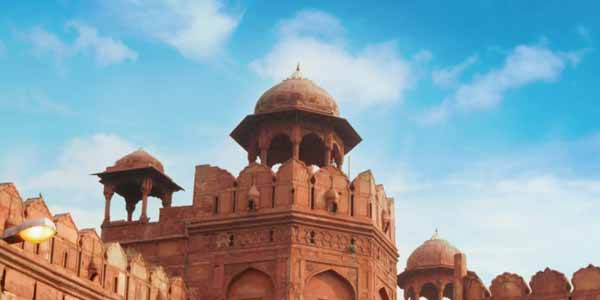
Delhi, India’s capital territory, is a massive metropolitan area in the country’s north. In Old Delhi, a neighborhood dating to the 1600s, stands the imposing Red Fort, India.
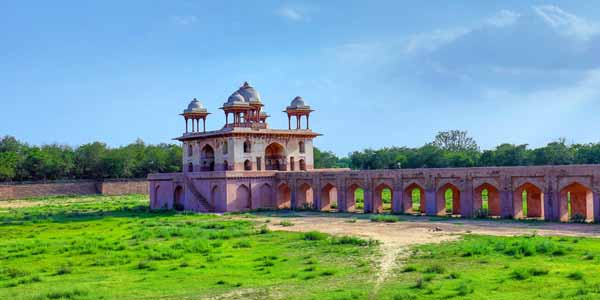
Haryana is a North Indian state surrounding New Delhi on 3 sides. The Yamuna River runs along its eastern border with Uttar Pradesh. Shared with Punjab, the state capital Chandigarh.
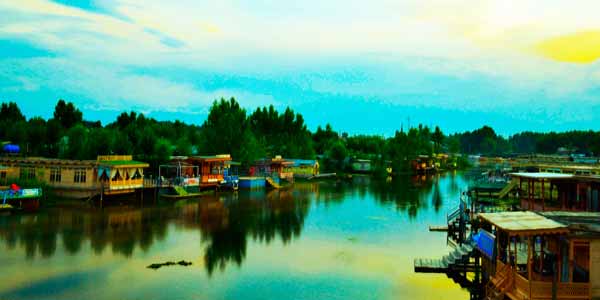
Jammu and Kashmir is a state in India, located in the northern part of the Indian subcontinent, and a part of the larger region of Kashmir, which has been the subject of dispute India.
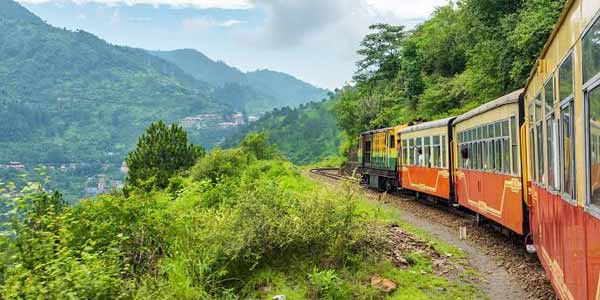
Himachal Pradesh is a northern Indian state in the Himalayas. It's home to scenic mountain towns and resorts such as Dalhousie. Host to the Dalai Lama, Himachal Pradesh a strong Tibetan.

Uttar Pradesh is a state in northern India. With roughly 200 million inhabitants, the most populous state in India as well as the most populous country subdivision in the world.
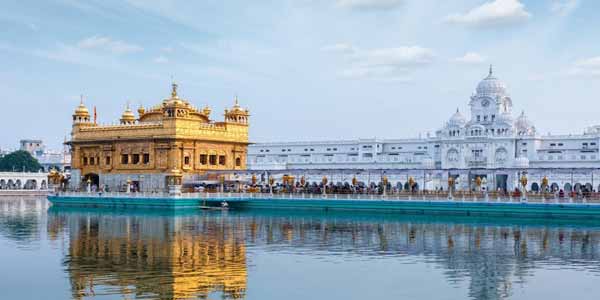
Punjab, a state bordering Pakistan, is the heart of India’s Sikh community. The city of Amritsar, founded in the 1570s by Sikh Guru Ram Das, is the site of Harmandir Sahib.
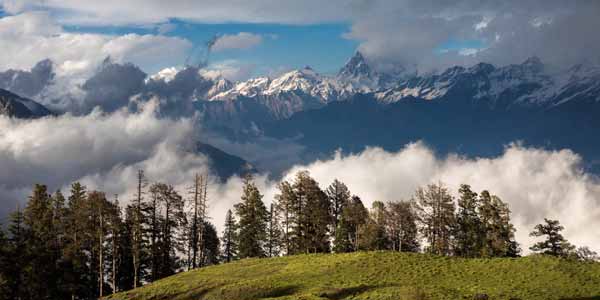
Uttarakhand, a state in northern India crossed by the Himalayas, is known for its Hindu pilgrimage sites. Rishikesh, a major centre for yoga study, was made famous by the Beatles’ 1968 visit.
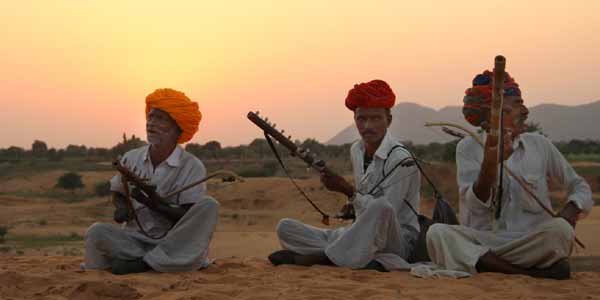
Rajasthan, popularly known to many as the Land of the Kings, is a beautiful example of India’s age-old opulence and grandeur, traces of which still linger in the air of this state.

Ladakh, a word which means "land of high passes", is a region in the Northern India sandwiched between the Karakoram mountain range to the north and the Himalayas to the south.